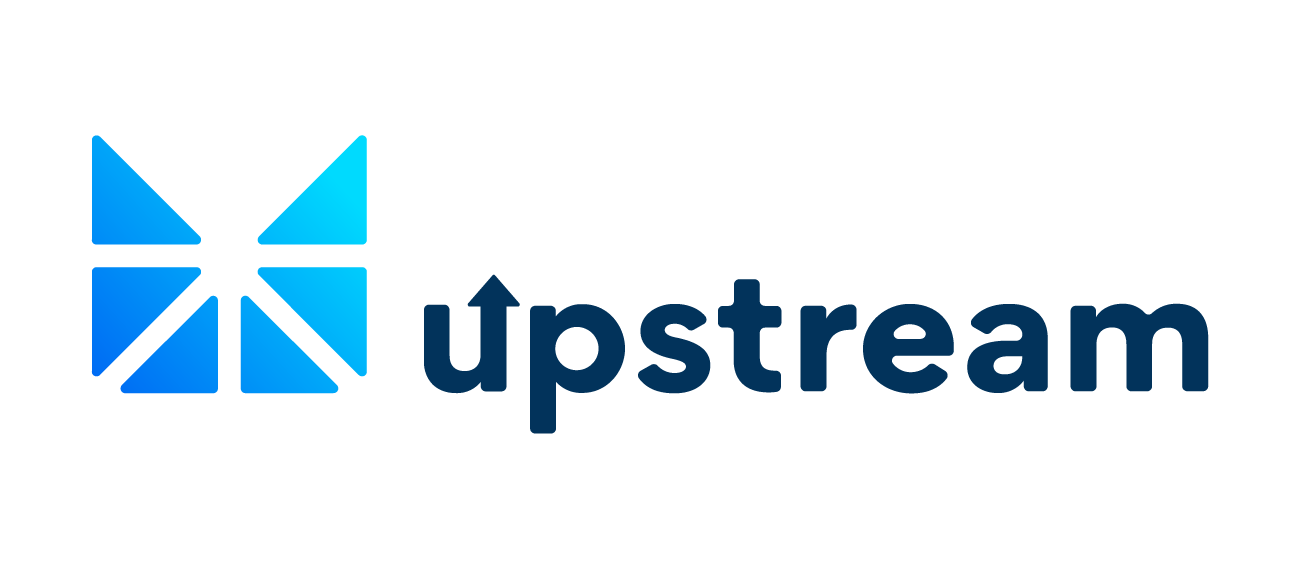
By Vanessa Malone
Security token offerings (STOs), or digital securities offerings (DSOs), offer issuers an incredible capital raising vehicle with unprecedented transparency and liquidity potential in the secondary market. As the majority of DSOs were deemed offerings of securities by regulators, most issuers turned to Regulation A+(Reg A+), Rule 506(C) of Regulation D (Reg D), and Regulation S (Reg S) to conduct compliant securities offerings on the blockchain.
But wait, a critical industry problem is unveiled in the paragraph above. In two sentences, I introduced five acronyms unfamiliar to the general public, the very people these investment opportunities should be open to. This is a big problem as one of the biggest advantages of incorporating blockchain technology into the capital raising and investment world is accessibility. But just how accessible is it if no one can understand it?
On that note, quick lesson on the regulations:
Reg A+ and Reg D are products of the JOBs ACT and came into effect in 2013 and 2015, respectively. These regulations allow companies to broadly market an investment opportunity to their customers and the general public through social media and other online mediums. While Reg D is limited to accredited investors, Reg A+ gives the everyday investor access to early-stage investment opportunities typically reserved for high net-worth individuals. Also worth noting that securities sold in a Reg A+ offering are not restricted so investors don’t have to deal with a lock-up period like they do for Reg D. Reg S allows foreign investors to participate in a deal.
Back to the education issue. While its great the industry was able to combine Wall Street and the blockchain to power the next generation of capital raising and investing, the introduction of so many new concepts added some unexpected hurdles within the blockchain industry as well.
Fast-paced technology companies who weren’t familiar with Wall Street standards or the intricacies of securities law were forced to try and adapt their products and messaging to meet strict regulations and Wall Street standards. This disconnect funneled a ton of misinformation into an already misunderstood industry.
So, how do you get investors to feel secure and motivated by your digital securities offering?
Issuers hoping to reap the benefits of a digital securities offering are looking to forward-thinking technology providers that have solved for the above issues, without sacrificing user-friendliness.
We are excited to share some of the ways we believe Horizon has solved for the above to maintain a streamlined, compliant process from issuance to secondary trading.
1. Digitizing the entire investment process
For traditional securities issuances, the biggest obstacle is the manual time, money and energy put into a mostly manual and paper-based system for issuing securities. Horizon made the entire investment process digital and integrated it with the Ethereum public blockchain to enhance investor protection, speed up the process, and introduce transparency and accountability to the investment process.
On the front end, investors are invited to download a smartphone app under the issuer’s brand and go through the secure onboarding process directly from their phone. The app, called KYCware integrates KYC, investor suitability, accreditation and all required documents to keep the process short, simple, and user-friendly. It also goes beyond standard KYC/CIP requirements and is the first investor onboarding app with an integrated US Broker-Dealer Subscription Booklet, W-8 Ben submission and SEC Reg D 506(c) Investor Accreditation which works to dramatically shorten the investment process. The app questions auto-adjust depending on an investor’s jurisdiction and regulatory requirements to maintain a comprehensive, but simplified investment experience. Investors who are unfamiliar with blockchain technology can also create an Ethereum wallet directly in the app.
We believe this modern approach opens the door for more individuals to participate. According to Pew Research Center, 81% of Americans own smartphones. More and more, people are purchasing goods, making banking transactions, and interacting with the world from the palm of their hands. Investing and trading should follow suit.
2. Integrating compliance into the onboarding process
Compliance is one of the top factors slowing down blockchain adoption and Know Your Customer (KYC) and anti-money laundering (AML) concerns are in the spotlight for financial institutions and issuers.
One fear regarding compliance is that an extensive KYC and AML process would push people to transact in other ways. KYCware showcases how both KYC and AML can be integrated into the investor onboarding process without disrupting the investor experience. KYC can be done with the app, while AML screening is done on the backend portal after an investor securely submits their information. We do this by integrating KYCware to our AML software solution AMLCop.
3. Building on a public blockchain:
Horizon’s entire blockchain product suite is integrated with the Ethereum public blockchain. We want to emphasize the importance of building on a largely decentralized and distributed ledger such as the Ethereum public blockchain. A public blockchain can’t be disrupted the way a database or private blockchain can as the ledger is distributed across countless nodes. There also isn’t a single point of failure or centralized entity with the ability to manipulate the data.
This means timestamped records from KYC compliance submissions to AML screening clearance reports are kept on the open blockchain for independent verification, regulator checks, etc. This also enhances investor protection, as they can be assured their data wasn’t tampered with at different stages of the offering.
4. Integrated transfer agent solution
One thing that’s becoming increasingly clear is that the use of a transfer agent is necessary for a truly compliant token offering, especially when it comes to secondary trading. This is why we’ve integrated a digital securities custody solution for transfer agents called CustodyWare.
Besides being legally required for most digital securities offerings conducted through Reg A+, the use of a transfer agent becomes imperative when a Reg D issuer wishes to trade their securities on a U.S. compliant secondary trading venue after any required holding period. Additionally, a transfer agent represents what regulators refer to as a good control location, or a valid source of truth to verify share ownership. Therefore, incorporating a transfer agent who has the technology available to manage digital securities is vital and paves the way for issuers to offer investors an exit opportunity and increased liquidity for their investment.
Conclusion:
All of our blockchain solutions were created as streamlined steps towards liquidity and open markets for issuers and investors to participate in.
Education truly is critical for mass adoption. This makes it critical for the industry to bring a sense of familiarity and simplicity back to the blockchain. We hope that by wrapping blockchain technology into a user-friendly interface for investors and issuers to participate, we will help fuel blockchain securities from issuance to secondary trading.
Horizon has a very exciting announcement next Wednesday that we believe will greatly benefit issuers around the globe and complete our end-to-end solution. Stay tuned.

